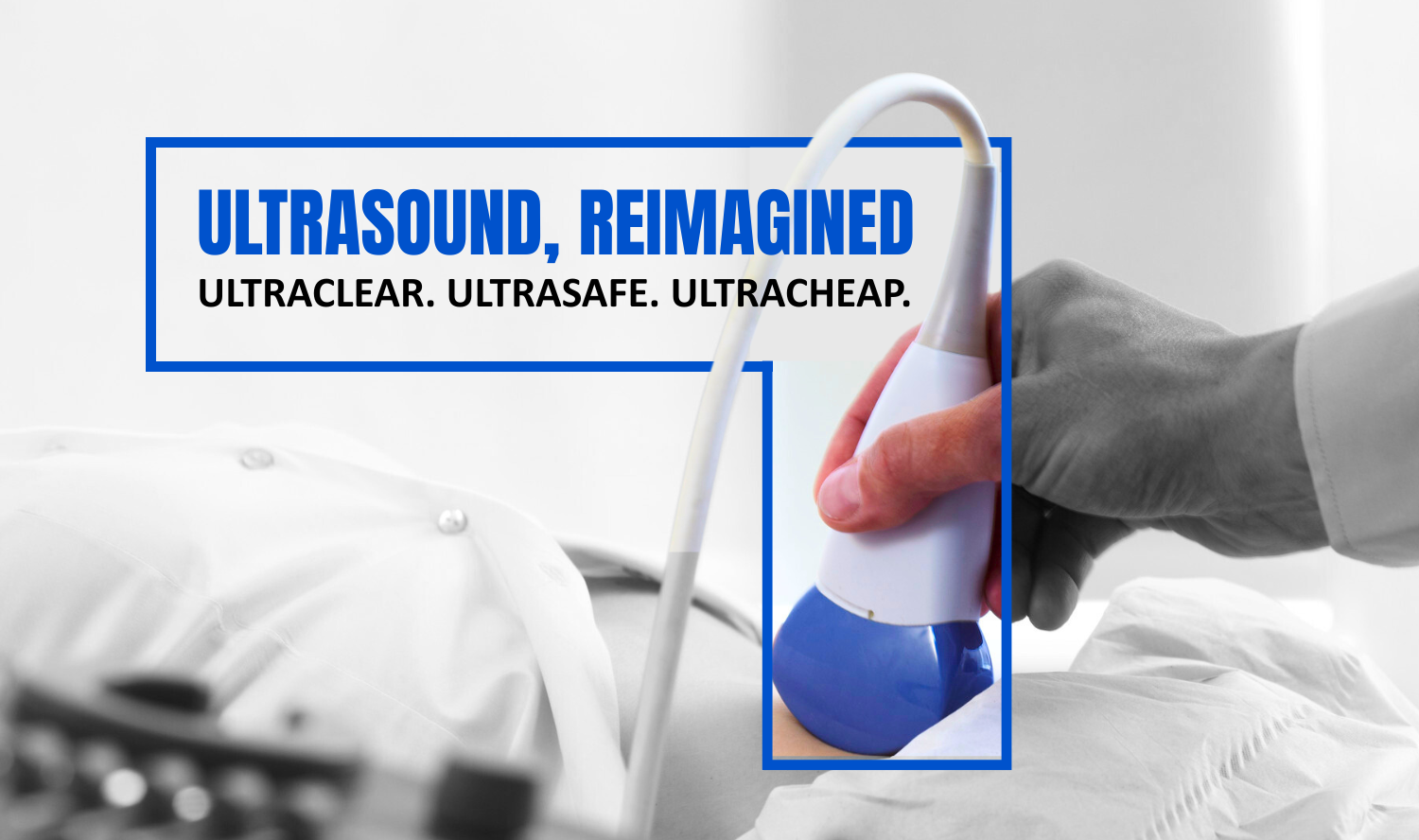
Wearable sensors hold a lot of promise for the future, especially in the early detection of diseases and as a diagnostic tool for recording the health status of an individual. Examples of wearable sensor devices currently available include smart watches, fitness bands, glasses, jewelry, etc.
Recently, hydrogels have been receiving more attention in this respect. Hydrogels are basically crosslinked polymers that have an affinity for water, but do not dissolve in water. They find use in the development of flexible electronic sensors, load-bearing materials, drug delivery systems, and artificial tissues. Hydrogels with biocompatibility, flexibility, and mechanical properties similar to human tissues, find use in the development of wearable sensors.
The basic functional properties of a hydrogel performing as a wearable sensor include rapid self-healing, high strain sensitivity, stretchability, conductivity, and self-adhesiveness. However, self-healing hydrogels typically exhibit low mechanical properties because of the following reasons:
1. They have less stable polymer networks
2. They have irreversible cross-linking networks
3. There is an interplay between the permanent network and the temporary network interactions
Thus, it is very challenging to design an integrated hydrogel that has both strong mechanical performances along with simultaneous self-healing ability.
Two strategies have been used to overcome these shortcomings. These are:
1. To incorporate nanoscale fillers like graphene oxide
2. To design double network (DN) hydrogels
Double network hydrogels integrate two different polymer networks with distinct properties. The sacrificial bonds effectively dissipate energy and the flexible networks help to restore the hydrogel stability during deformation.
In this study conducted by Ms. Subhangi Devadarshini Sahoo and Prof. Edamana Prasad from the Department of Chemistry, Indian Institute of Technology (IIT) Madras, Chennai, India, and Ms. T K Vasudha and Prof. Vignesh Muthuvijayan from the Department of Biotechnology, Indian Institute of Technology (IIT) Madras, Chennai, India, three hydrogels, CTA-1, CTA-2, and CTA-3 were prepared.
To prepare these gels, chitosan (CS), tetraethylene glycol (TEG), and polyacrylic acid (PAA) were used. Three different cross-linkers were used to prepare the double network hydrogels:
i. CTA-1 that had N,N’-methylenebisacrylamide (NMBA) and terepthaldehyde (TPD).
ii. CTA-2 that had NaOH (sodium hydroxide) solution instead of TPD.
ii. CTA-3 that had NMBA, then it was transferred to a mold and kept in the oven for hydrogel formation. It was then immersed in NaCl (sodium chloride) solution for 1 hour.
The three hydrogels were found to have high mechanical strength, flexibility, self-healing ability, reversible adhesiveness, and conductivity. All three hydrogels had excellent self-healing abilities as well as good mechanical properties.
Of the three hydrogels, CTA-2 double network (DN) hydrogel was found to be the best with the most desirable properties such as better self-adhesiveness and motion sensor ability. It was also found to have excellent self-healing ability with healing efficiency as high as 90 to 95 percent. This gel can be used as an adhesive motion detector to human skin.
Prof. Amitav Sanyal from the Department of Chemistry, Bogazici University, Bebek, Istanbul, Turkey, acknowledged the importance of this study by the authors by giving the following comments: “Given the importance of hydrogel-based bandages for various applications, such as wound healing, these materials go beyond simply acting as a barrier to protect the wound from the outside environment. Their contemporary design involves incorporating multifunctionality attributes into a single material. The materials developed by the authors in this study possess suitable adhesiveness and mechanical properties. Additionally, they can self-heal, enabling long-term usage during stretching and bending motions. The materials can act as a strain sensor and thus may caution the patient when the wound is subjected to over-stretching that may compromise its healing. The work highlights the importance of designing materials with control at the molecular level.”
Article by Akshay Anantharaman
Click here for the original link to the paper










